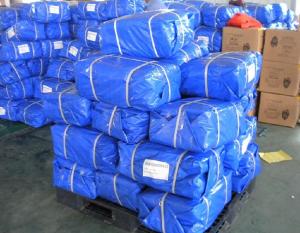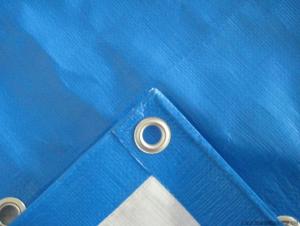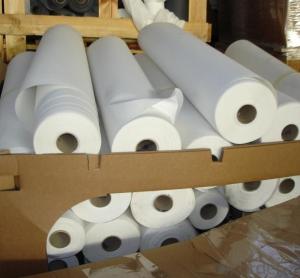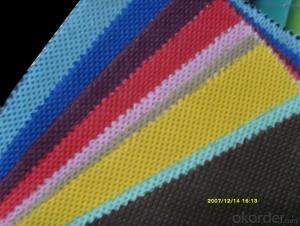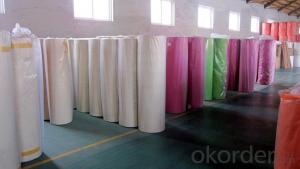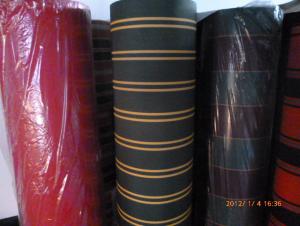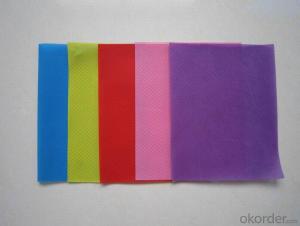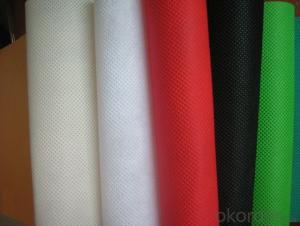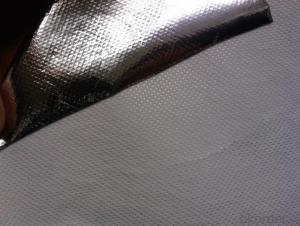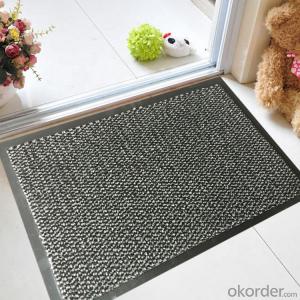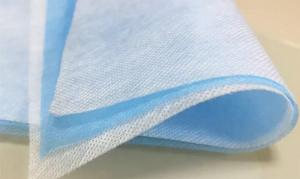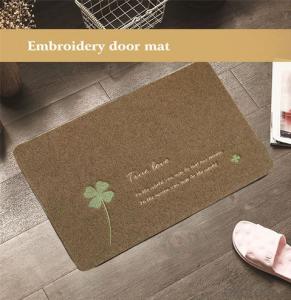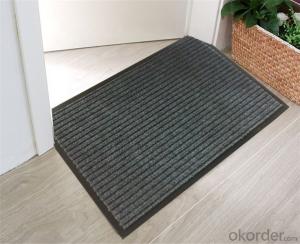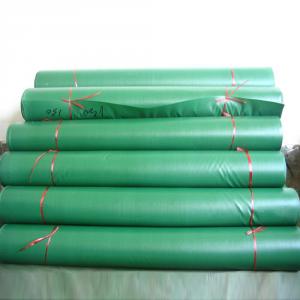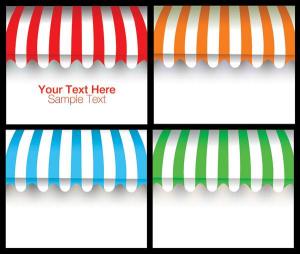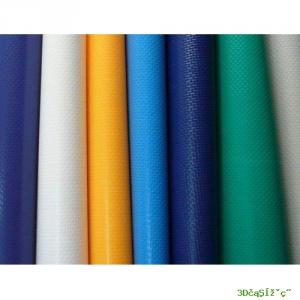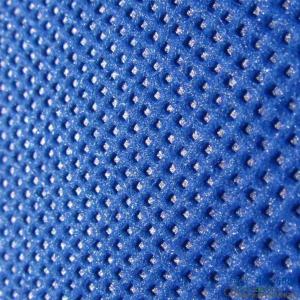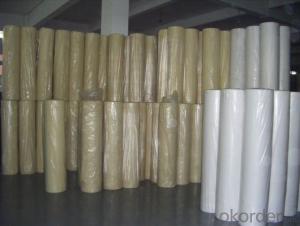PP Fabric Spunbond Nonwoven Fabric Waste Recycling
- Loading Port:
- Shanghai
- Payment Terms:
- TT or LC
- Min Order Qty:
- 1000 kg
- Supply Capability:
- 100000 kg/month
OKorder Service Pledge
OKorder Financial Service
You Might Also Like
Eco-friendly Polypropylene PET Spunbond Non-woven Fabrics Made in China
Our products have been widely used in the field of medical& sanitary, industry &agriculture, and construction &daily-used products such as agriculture plant covers, roof waterproof materials, disposable items for medical and industrial applications, liners for furniture, lining in cases,apparel, warm facilities, bedding products, sofas, packing materials, packing material land mulriple cloth shopping bags, suits and garment covers, Industrial protective coveralls, garment accessory materials, bed articles, medical and sanitary articles as well.
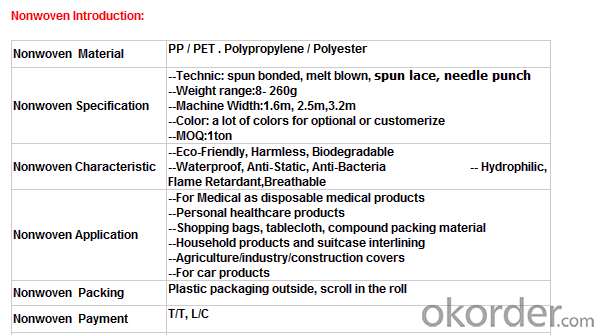
Our Service:
Within 24 hours reply ;
Well-trained and experienced staffs in English;
OEM & ODM , Customized are warmly welcomed , or design for you ;
Protecting customer’s privacy and profits;
Make sure the quality is approved , or we pay the return or remake them at once .
Nonwoven Advantage:
1. Light: Polypropylene is the main raw material; specific gravity is 0.9, is only third five, fleecy and touches well.
2. Flexibility: made up of microfiber (2-3D), dot by dot thermo-melt formed. Flexibility of products is suitable, comfortable.
3. Water resistance and breathability: slices of Polypropylene and finished products resist water, breathable and easy to maintain and wash.
4. Non-toxic, non-irritating: made of materials which catch up FDA standard, without other chemical composition, stable, non-toxic, no smell, safe for sensitive skin.
5. Anti-bacterial, anti-chemical: Polypropylene is blunt chemical substances can protect in liquid from bacterial and insects; antibacterial, alkali corrosion, erosion and the finished product will not affect sensitive skin.
FAQ:
Q: What standards are you carrying out for your products?
A: We produce according to the ISO9001 and ISO14001 rules.
Q: How to install the machine?
A: We will arrange 1~2 engineers to your factory to guide installation and assembly.
Q: What’s your international market?
A: We Have exported to about 40 countries and regions all around the world, such as, the USA, France, Singapore, Australia, Middle East, Brazil, Peru and so on.
Q: Do you sell steel shot or steel grit which can be uses in shot blasting machine?
A: We have four production lines for steel shot and steel grit production, one work shop for steel cut wire shots, and one workshop for stainless steel shot and Aluminium shot and so on.
Q: Do you have the right to export?
A: Yes, we registered in the Customs and gained the right to export by ourselves.
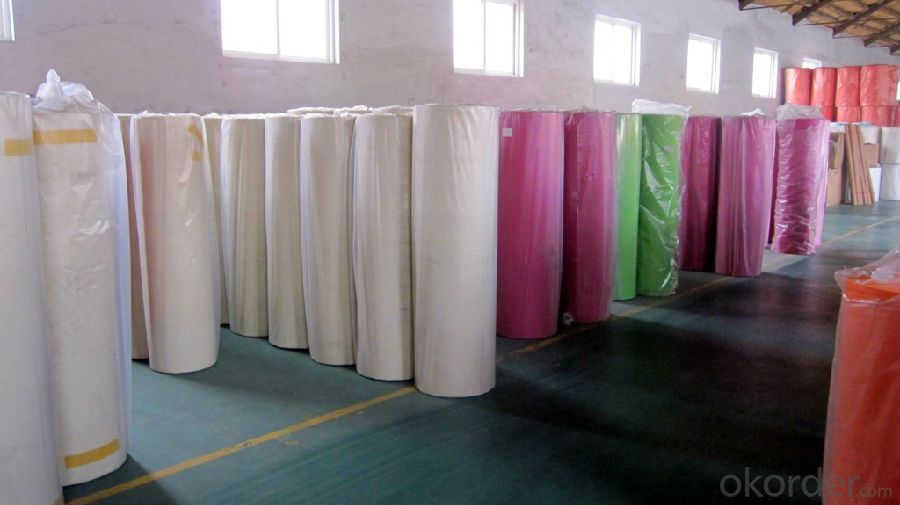

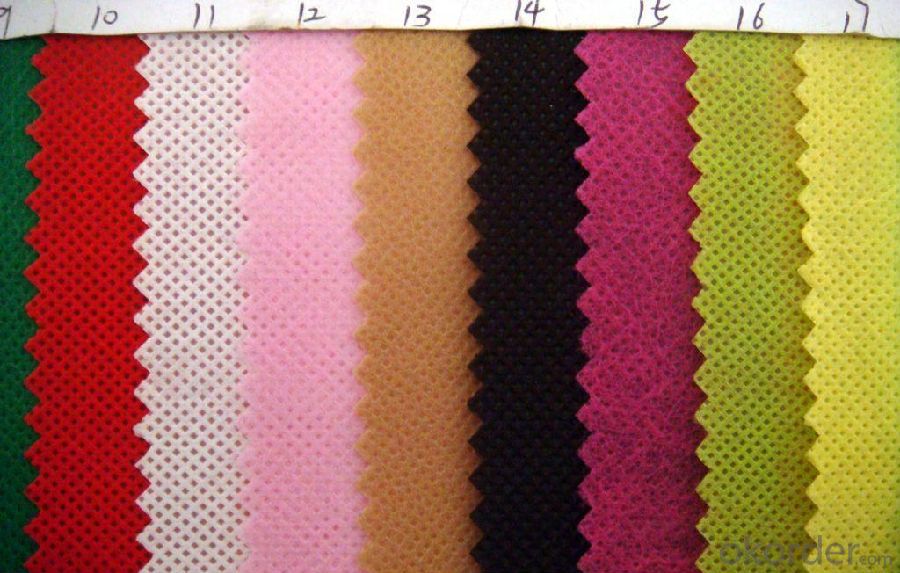
- Q:Classification of antimicrobial textiles and their characteristics
- Remember that the middle of the gap, the fiber surface is not smooth products can add things into the case, if the oil derivatives of the cross section is circular fiber is best used for dyeing printing, because the addition of things difficult to release.
- Q:What are the test tests for the color fastness of textiles?
- 13, resistant to non-chlorine color fastness 14, resistance to chlorine color fastness 15, acid color fastness 16, alkali color fastness 17, water-resistant color fastness 18, resistance to organic solvent friction color fastness
- Q:The development of wool in Australia is not developed.
- Australia is rich in natural resources, is the world's major mineral resources producer and exporter, industry to mining, manufacturing and construction-based.
- Q:The international market of textile industry
- Trade protectionism is rampant and trade frictions will intensify. Leading to uncertainties in the trade environment between the trading countries. The textile faces the same mistakes as temporary tariffs and rations. China's exports will also be affected by higher production costs, financing difficulties for export enterprises and rising financing costs, export policy adjustment uncertainty, the impact of RMB appreciation pressure
- Q:The Development of Textile Industry
- The global textile industry market uncertainty is increasing, which with the global credit crisis and the United States, the EU economic growth slowdown in the trend will bring impact on the clothing retail industry.
- Q:Is the textile processing and sales tax rate the same?
- Yes, the value-added tax general taxpayer enterprises engaged in textile processing, sales, applicable value-added tax rates are 17%.
- Q:What are the types of textiles that are different?
- Use is not the same, it has the function is not the same. Such as clothing textiles, may be cotton, elastic, CVC, modal, silk more; decoration may be numb and so on; industrial use, there are waterproof, etc.
- Q:Cotton chemical fiber textile, hemp textile, wool textile, silk silk textile industry, the difference between the four
- From 2000 to this year, the national cotton acreage, yield and cotton market supply and demand relationship, the rapid development of China's cotton industry, from the cultivation of surface cross, production and enterprise scale have unprecedented unprecedented development, but also to the textile industry development into power, Promote China's textile industry into a new period of development, the international competitiveness increased significantly
- Q:What are the knowledge and abilities of the Merchants in the textile industry?
- This "list" may be a purchase order, there may be sales orders, there may be other list.
- Q:Differences between textile mills and garment factories
- After the carding, and lines, twisting, roving, spun yarn, winding, warping, weft, weaving, finishing and other long process made of gray cloth, and then sent to the printing and dyeing plant dyeing and finishing,
1. Manufacturer Overview |
|
|---|---|
| Location | |
| Year Established | |
| Annual Output Value | |
| Main Markets | |
| Company Certifications | |
2. Manufacturer Certificates |
|
|---|---|
| a) Certification Name | |
| Range | |
| Reference | |
| Validity Period | |
3. Manufacturer Capability |
|
|---|---|
| a)Trade Capacity | |
| Nearest Port | |
| Export Percentage | |
| No.of Employees in Trade Department | |
| Language Spoken: | |
| b)Factory Information | |
| Factory Size: | |
| No. of Production Lines | |
| Contract Manufacturing | |
| Product Price Range | |
Send your message to us
PP Fabric Spunbond Nonwoven Fabric Waste Recycling
- Loading Port:
- Shanghai
- Payment Terms:
- TT or LC
- Min Order Qty:
- 1000 kg
- Supply Capability:
- 100000 kg/month
OKorder Service Pledge
OKorder Financial Service
Similar products
New products
Hot products
Hot Searches
Related keywords




